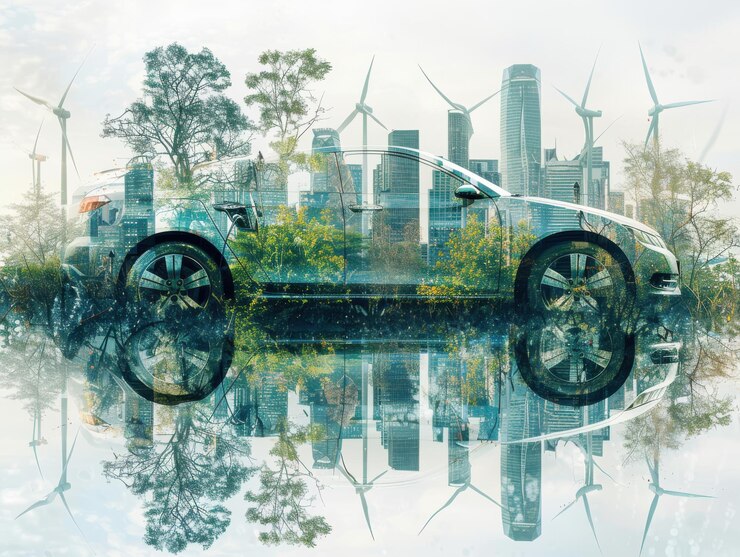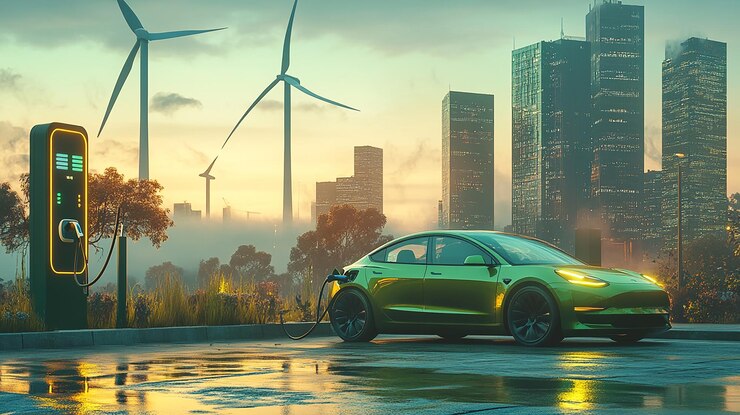introduction
Electric vehicles (EVs) are at the forefront of a transformative shift in global transportation, steering us toward a more sustainable and environmentally friendly future. With advancements in technology, supportive policies, and growing consumer awareness, EVs are becoming increasingly accessible and efficient.Science News Today

A Brief History of Electric Vehicles
Electric vehicles are not a recent innovation. In fact, the first electric car was developed in the 1830s. By the late 19th and early 20th centuries, EVs were popular, especially in urban areas, due to their quiet operation and ease of use. However, the advent of mass-produced gasoline-powered cars, particularly those by Henry Ford, and the discovery of abundant oil reserves led to the decline of electric vehicles. Environmental concerns and technological advancements in the late 20th and early 21st centuries have reignited interest in EVs as a cleaner alternative to internal combustion engine vehicles. Science News Today
Environmental and Economic Benefits
Zero Emissions and Cleaner Air
EVs produce no tailpipe emissions, significantly reducing pollutants such as carbon dioxide (CO₂), nitrogen oxides (NOₓ), and particulate matter. This contributes to improved air quality and public health, especially in urban areas. Science News Today
Lower Operating Costs
Electric vehicles have fewer moving parts than traditional vehicles, leading to reduced maintenance costs. Additionally, the cost of electricity is generally lower than gasoline, resulting in lower fueling expenses. Government incentives, such as tax credits and rebates, further enhance the affordability of EVs. environmentnext.org+4Science News Today+4TechInsights+4
Global Adoption Trends
The adoption of electric vehicles is accelerating worldwide. In 2024, global EV sales surpassed 17 million units, with projections indicating over 20 million units sold in 2025, accounting for more than 25% of global car sales. China leads the market, with 11 million EVs sold in 2024 alone, driven by affordability and government support. Europe’s growth has plateaued due to the reduction of subsidies, while the U.S. market faces challenges such as higher EV prices and limited low-cost models. Green Journal | News about green energy+3 The Times+3 The Australian+3 The Australian
Technological Advancements
Battery Technology
Advancements in battery technology have led to increased energy density, faster charging times, and longer driving ranges. The cost of lithium-ion batteries has dropped significantly, making EVs more affordable for consumers. Science News Today
Smart Features and Connectivity
Modern EVs are equipped with smart technologies, including regenerative braking systems, advanced driver-assistance systems (ADAS), and connectivity features that enhance the driving experience and efficiency.
Challenges Ahead
Despite the positive trends, several challenges remain:
Charging Infrastructure: The availability and accessibility of charging stations are critical for widespread EV adoption.Range Anxiety: Concerns about the driving range of EVs persist, although ongoing improvements in battery technology are addressing this issue.
Supply Chain and Resource Constraints: The production of EV batteries requires raw materials like lithium and cobalt, raising concerns about resource availability and ethical sourcing.CliffsNotes

Conclusion
The future of electric vehicles is promising, with continued investments in technology, infrastructure, and policy support. As the world moves toward reducing greenhouse gas emissions and combating climate change, EVs play a crucial role in achieving these goals. By embracing electric mobility, we can drive toward a cleaner, greener, and more sustainable futureElectric cars are transforming the automotive world with cleaner technology and innovative design. This article explores how EVs are shaping a more sustainable future, their benefits, and the challenges ahead.

